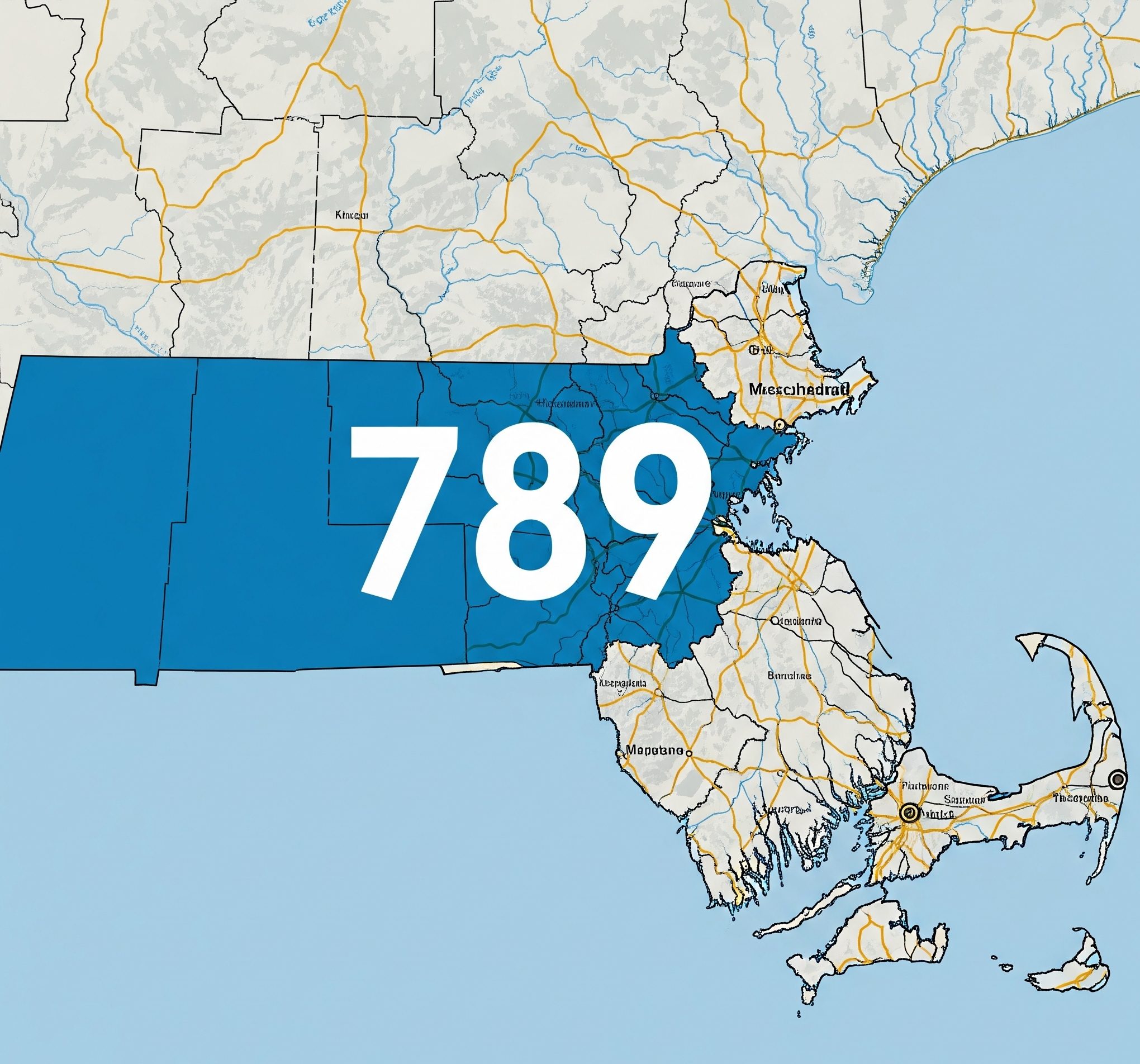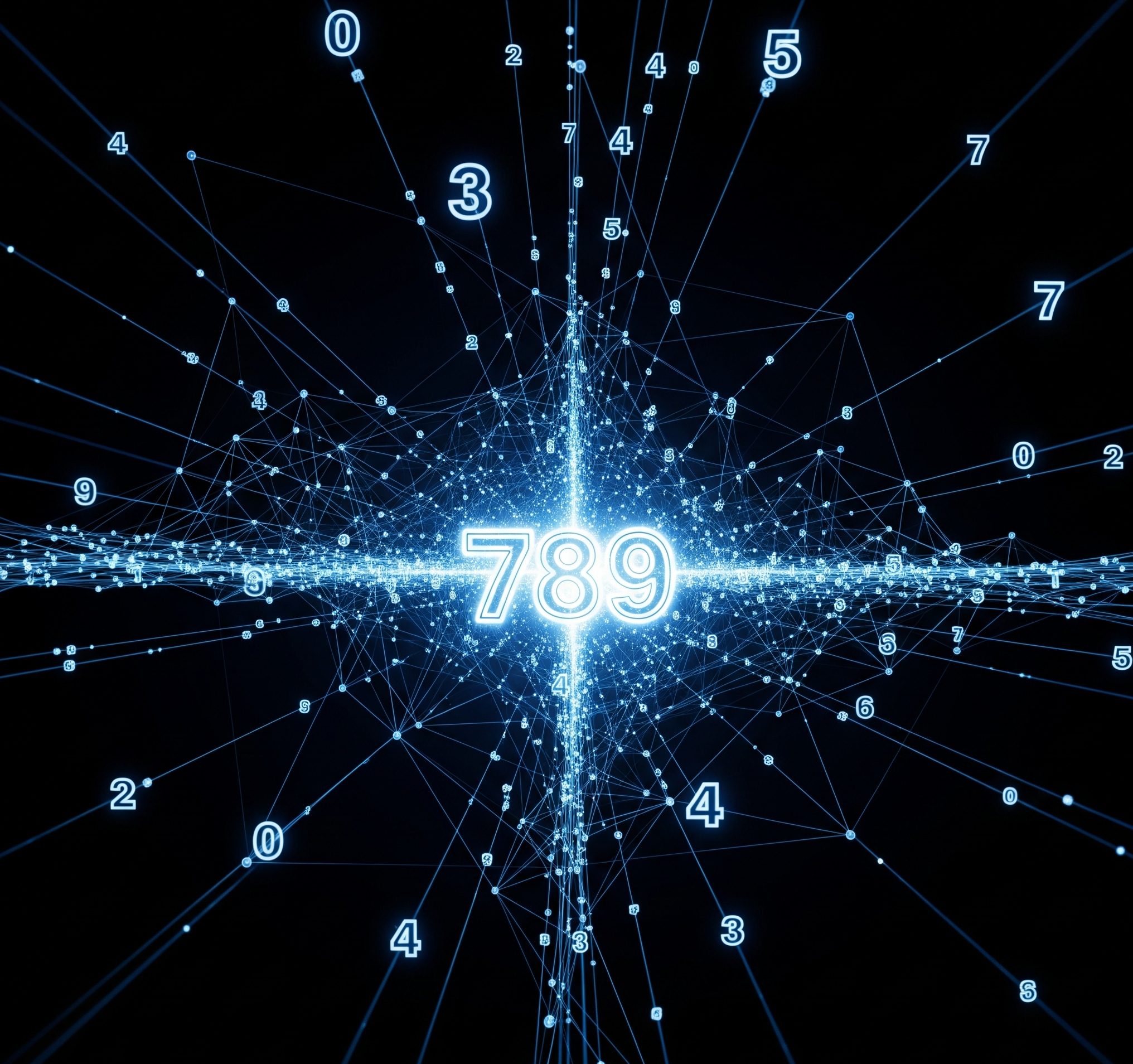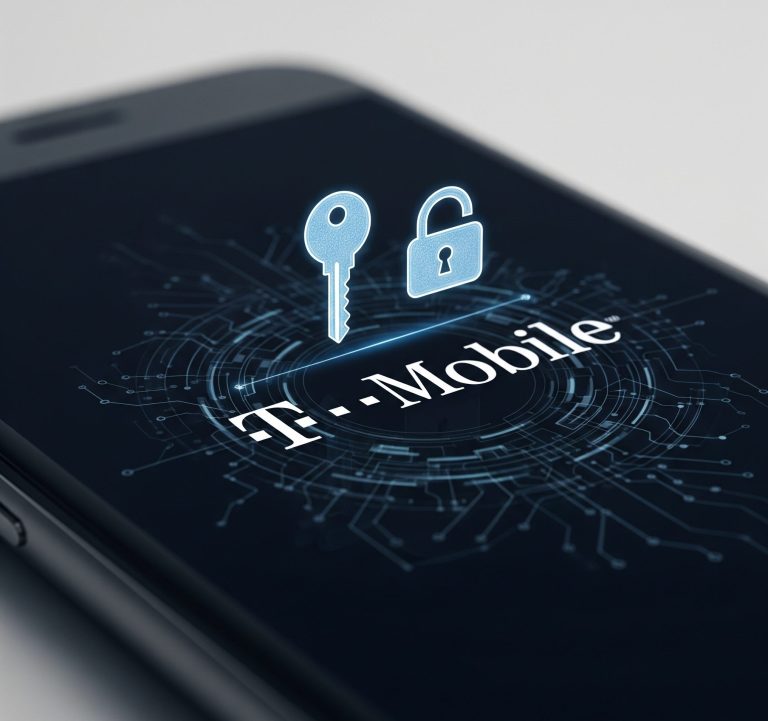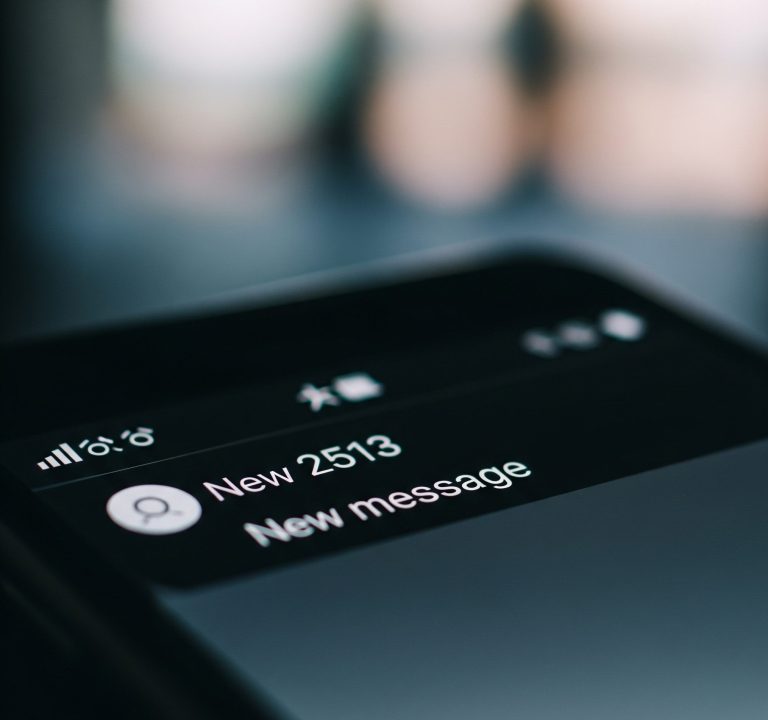In the ever-expanding digital landscape of the United States, where new phone numbers are in constant demand, the allocation of area codes is a critical process managed by the North American Numbering Plan Administration (NANPA). From the iconic 212 of New York City to the sun-soaked 310 of Los Angeles, area codes have become an integral part of our regional identity. Recently, whispers and online articles have surfaced regarding the introduction of a new player: the 789 area code. But is there any truth to these claims? This article delves into the mystery surrounding the 789 area code and separates fact from fiction.
Contents
The Emergence of a New Area Code?
A number of online sources have confidently asserted that the 789 area code has been officially assigned to a specific region in the United States. These reports often claim that the new area code is an “overlay” for an existing numbering plan area that is nearing exhaustion. An overlay introduces a new area code to the same geographic region as an existing one, requiring ten-digit dialing for all local calls. The purported location for the 789 area code has been identified by some as central and western Massachusetts, encompassing cities like Springfield and Worcester.
These claims, at first glance, seem plausible. The proliferation of cell phones, VoIP services, and other connected devices has led to a rapid depletion of available phone numbers in many parts of the country. The introduction of new area codes is a standard and necessary procedure to meet this growing demand. However, a closer examination of official sources reveals a different story.
Unraveling the Myth: A Look at the Evidence
Despite the persistent online chatter, there is no official documentation from NANPA, the ultimate authority on area code assignments in the United States, to support the activation of the 789 area code. A thorough review of NANPA’s planning letters and press releases, which detail all new area code introductions, shows no mention of the 789 area code being assigned to Massachusetts or any other part of the country.
Furthermore, the Massachusetts Department of Telecommunications and Cable, the state-level regulatory body, has not issued any statements or public notices regarding the implementation of a new area code. Official lists and maps of active area codes in the United States consistently show the 789 area code as unassigned and reserved for future use.
The discrepancy highlights a crucial point for the American public: the internet, for all its benefits, can also be a breeding ground for misinformation. Articles can be published without rigorous fact-checking, leading to the spread of inaccurate information. In the case of the 789 area code, it appears that speculation and unofficial reports have been mistaken for factual announcements.

The Reality of Unassigned Area Codes
The 789 area code belongs to a pool of area codes that are held in reserve by NANPA. These unassigned codes are a crucial part of the long-term strategy for the North American Numbering Plan. They are kept available to be deployed in regions where telephone number demand is projected to exceed the supply of the existing area codes.
The process of introducing a new area code is a carefully planned and public affair. It involves extensive studies of number utilization, public feedback sessions, and a phased implementation schedule that typically includes a “permissive dialing period.” During this period, customers can use either the old or the new area code to complete their calls, allowing for a smooth transition. None of these official steps have been initiated for the 789 area code.
How New Area Codes Are Truly Born
When a region is identified as needing a new area code, NANPA, in conjunction with local telecommunication providers and state regulatory agencies, will make a formal announcement. This is followed by a clear timeline for implementation. The public is informed through various channels, including news media, official government websites, and direct communication from phone companies.
This transparent process ensures that residents and businesses are well-prepared for the change, which can impact everything from updating contact information to reprogramming security systems and other devices that rely on ten-digit dialing.
Conclusion: The Unwritten Chapter of the 789 Area Code
In conclusion, the narrative of the 789 area code as an active and assigned number is a myth. While the digital rumor mill may suggest otherwise, official sources confirm that the 789 area code remains unassigned in the United States. This episode serves as a valuable reminder for the American public to rely on credible sources, such as NANPA and state public utility commissions, for accurate information regarding the telecommunications landscape. The story of the 789 area code is yet to be written, and until it is officially assigned, it will remain a silent placeholder in the vast and intricate world of American telephone numbers.







